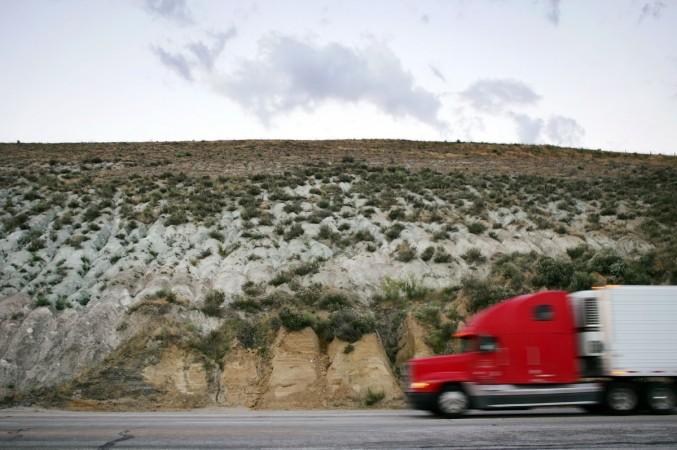
Alaska was jolted by a massive 7.9 magnitude earthquake on Tuesday, January 23, raising concerns that the region could soon be rattled by the "Big One." The quake in Alaska resulted in tsunami warnings in the US west coast and Canada and numerous tremors were also recorded along the Ring of Fire since.
And now Frank Hoogerbeets from the Netherlands, who claims to be able to predict earthquakes, based on the alignment of planets, has said that the Alaska earthquake could be a warning to something much bigger.
"The large earthquake in the Gulf of Alaska was anticipated, but occurred a bit sooner than expected," Hoogerbeets told Express UK. "The magnitude 8 earthquake in Alaska is a wake-up call that more large seismic activity is coming, especially in the first week of March."

Speaking of the upcoming earthquakes, he said that a major one could hit the region sometime in February or March. On a YouTube video, Hoogerbeets says that the quake would be caused by a change in a planetary alignment and could jolt the region between February 21 and March 7.
"In this time-frame a rare planetary geometry will cause a significant seismic increase, with probably one or two magnitude 7.8 earthquakes at least," he added. "But there is definitely the potential for a mega-thrust earthquake with magnitude 8 or even 9."
Meanwhile, a few other experts have also said that a powerful earthquake of about 9.0 magnitude could destroy the Pacific Coast killing thousands of residents and causing tsunami waves that could be as high as 20 metres, reported Global News.

This quake could also rattle Western Canada and the experts believe that it could be "inevitable."
The state of California too is vulnerable to the 9.0 earthquake, due to the presence of the San Andreas fault in the region. At the end of November, the San Andreas fault was jolted by 134 earthquakes in a week, giving rise to fears that the "Big One" could be imminent.
What is the Big One?
The much dreaded big one is a hypothetical quake that is expected to rattle the San Andreas fault. The magnitude is likely to be 8 or more killing about 14,000 people and injuring 30,000. Thousands are likely to be left homeless and the region's economy is expected to take a massive hit.
John Bellini, a geophysicist at the US Geological Survey (USGS), recently said: "We can't predict or forecast earthquakes," reported the Express UK. "Sometimes before a large earthquake you'll have a foreshock or two, but we don't know they're foreshocks until the big one happens."
Will 2018 be the year of earthquakes?
Keeping in mind what experts have said and Hoogerbeets' predictions, it looks like 2018 could bring with it numerous earthquakes around the world as the Earth's rotation is said to be slowing down. These variations in the Earth's speed could trigger numerous seismic activities, due to which there could be a release of "vast amounts of underground energy." In tune, scientists believe that 2018 could see about 20 major quakes.
"The rotation of the Earth does change slightly – by a millisecond a day sometimes – and that can be measured very accurately by atomic clocks," Roger Bilham of the University of Colorado who carried out the study with Rebecca Bendick of the University of Montana told the Observer. "It is straightforward. The Earth is offering us a five-year heads-up on future earthquakes."

















